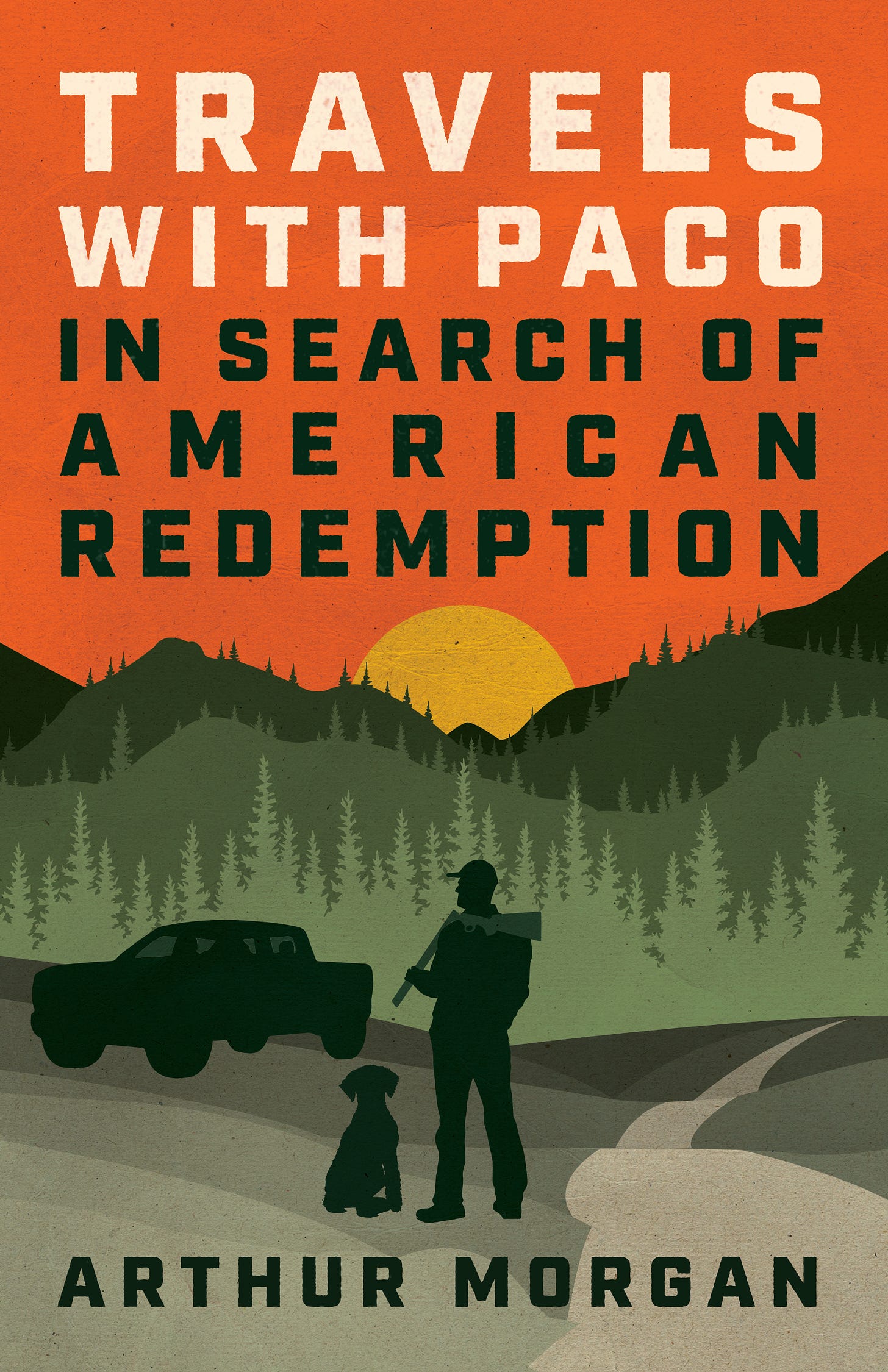I broke America.
I didn’t do it intentionally of course, and I had many accomplices. But I feel guilty about it. And I need your help and advice on how to fix it.
Here’s a bit about me.
Until 2024, I mainly worked on software development. My primary focus was artificial intelligence software, with occasional forays into social media. Over 25 years ago I managed a team of software developers at an Apple spin-off that was later described by former Apple CEO John Sculley as “the most important company in Silicon Valley that nobody’s ever heard of.” While our products ultimately failed to gain market traction, General Magic staff went on to develop many of the biggest technology innovations of the 21st century, ranging from eBay, to Nest thermostats, to the iPhone and Apple Watch. One General Magic team member later became the U.S. Chief Technology Officer in the Obama administration.
Unlike those more successful “General Magicians,” I continued to toil in relative obscurity, fully leaning into the idea of working on important projects that nobody’s ever heard of. The son of two social scientists and educators, as my career progressed, I prioritized making an impact on future generations. Using technology to level the playing field and improve the way we work and live were my key objectives, or so I told myself. My list of somewhat esoteric accomplishments include working as a product manager for early text-to-speech and speech-to-text products (precursors to virtual assistants like Siri and Alexa), leveraging AI to develop products that make audio and video more accessible to people with disabilities, and designing AI-driven applications for educators and learners.
Here’s how I broke America.
While I liked to think that most of my projects were noble endeavors, I came to realize that the projects I had worked on had caused significant collateral damage to our culture. Many of the products I have built have the potential to be deeply addictive, and addiction to these applications and platforms can have serious negative consequences. As an example, Facebook’s introduction of its “Like button” is often considered by social science experts to have been a tipping point in the addictiveness of social media platforms. Facebook launched the Like button on February 9, 2009. Nearly five years earlier, I developed a similar feature on an alternative social media platform that I created for high school and college-age bloggers. I figured out a way to gamify the process of writing blog posts in a way that caused tens of thousands of young people to remain glued to their screens for hours each day, interacting with people whom they’d never met.
I rationalized this behavior by telling myself that the participants on my platform were practicing and developing valuable writing and critical thinking skills. I still believe this to be true, but the flip side is that I contributed to the development of a genre of applications that is sometimes called “extractive technology.” This is a high-sounding euphemism for exploiting human psychology and attention for profit, often at the expense of individual and societal well-being.
In short, I taught people to hate each other. I made people slaves to their screens, and then taught them to lust for blood — like gladiators in an arena — all while millions of people looked on. And then I repeated the process over and over, until people became addicted to seeing blood spilled. I helped create the twenty-first century version of the culture war.
I did all this so my billionaire bosses could line their already overflowing pocketbooks with a few more dollars.
Here’s what I’m doing now.
Readers who are of Gen X age or older may have guessed from the title of this site that I have taken inspiration from John Steinbeck. In 1960, after having written fictional novels about the lives of Americans for over 30 years, Steinbeck decided that he had lost touch with America and Americans. He had his GMC pickup truck rigged with a camper shell and drove coast to coast across America and back with his dog. This journey of rediscovery was the basis of his 1961 memoir, Travels With Charley: In Search of America.
My search for redemption has taken me on a similar quest, traveling with my own dog, Paco, in my electric pickup truck, a Rivian R1T.
I call my truck “Roci the Rivian.”
I’ve now traveled almost 45,000 with Paco and Roci, visiting as many red states and small towns as possible, in an attempt to understand how Americans have been affected by the culture war and what they think is the best way to end the war.
Here’s what you can do to help.
As you probably know, I — Arthur Morgan — didn’t get America into this mess all by myself. Millions of us played a role. In fact, maybe you’re starting to feel a twinge of guilt yourself.
By subscribing, you’re joining a team of people who have made the decision to take action to turn things around and get the country back on track.
There are many ways you can help. Tell me where to travel to next. Tell me who I should talk to next. Tell us about an experience you’ve had that made you think differently about the solution to America’s problems.
I’m writing a book.
If you’re a writer or an avid reader, I could use your advice. Read a chapter, or multiple chapters, and tell me how I can improve it. Tell me what parts need more explanation, and what you’d like to hear more about. Tell me where you think I’m full of shit. It’s all good.
I look forward to hearing from you.
— Arthur Morgan



